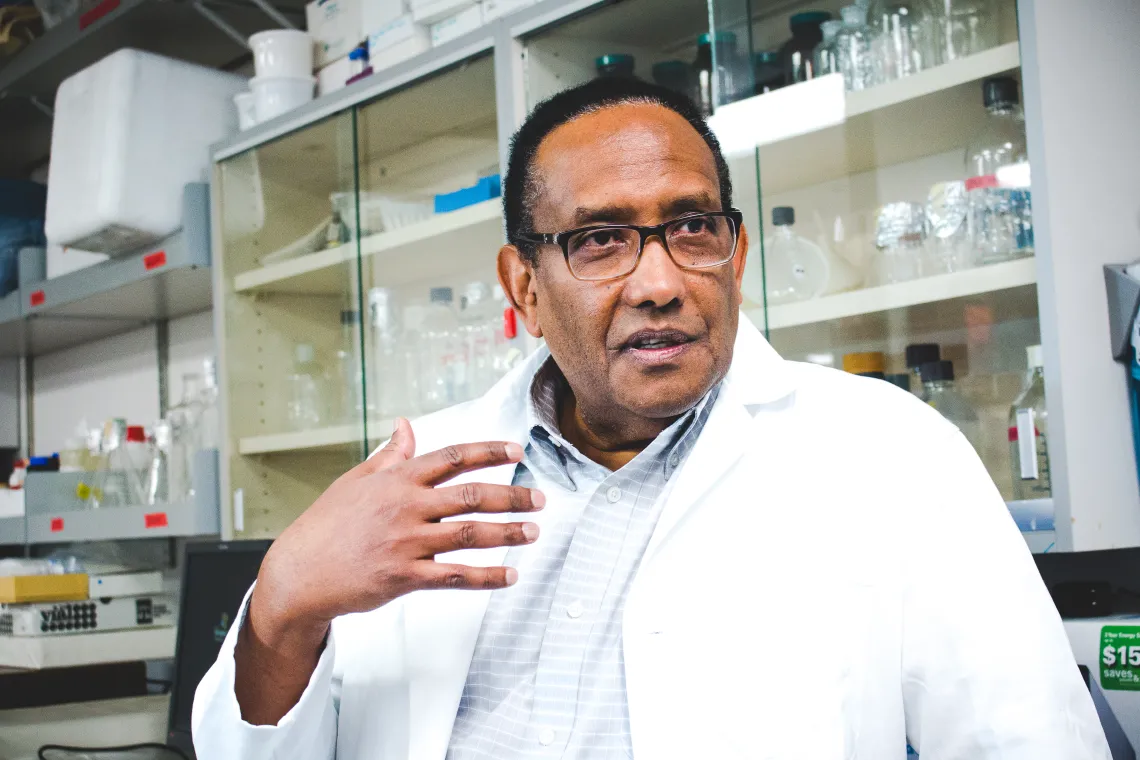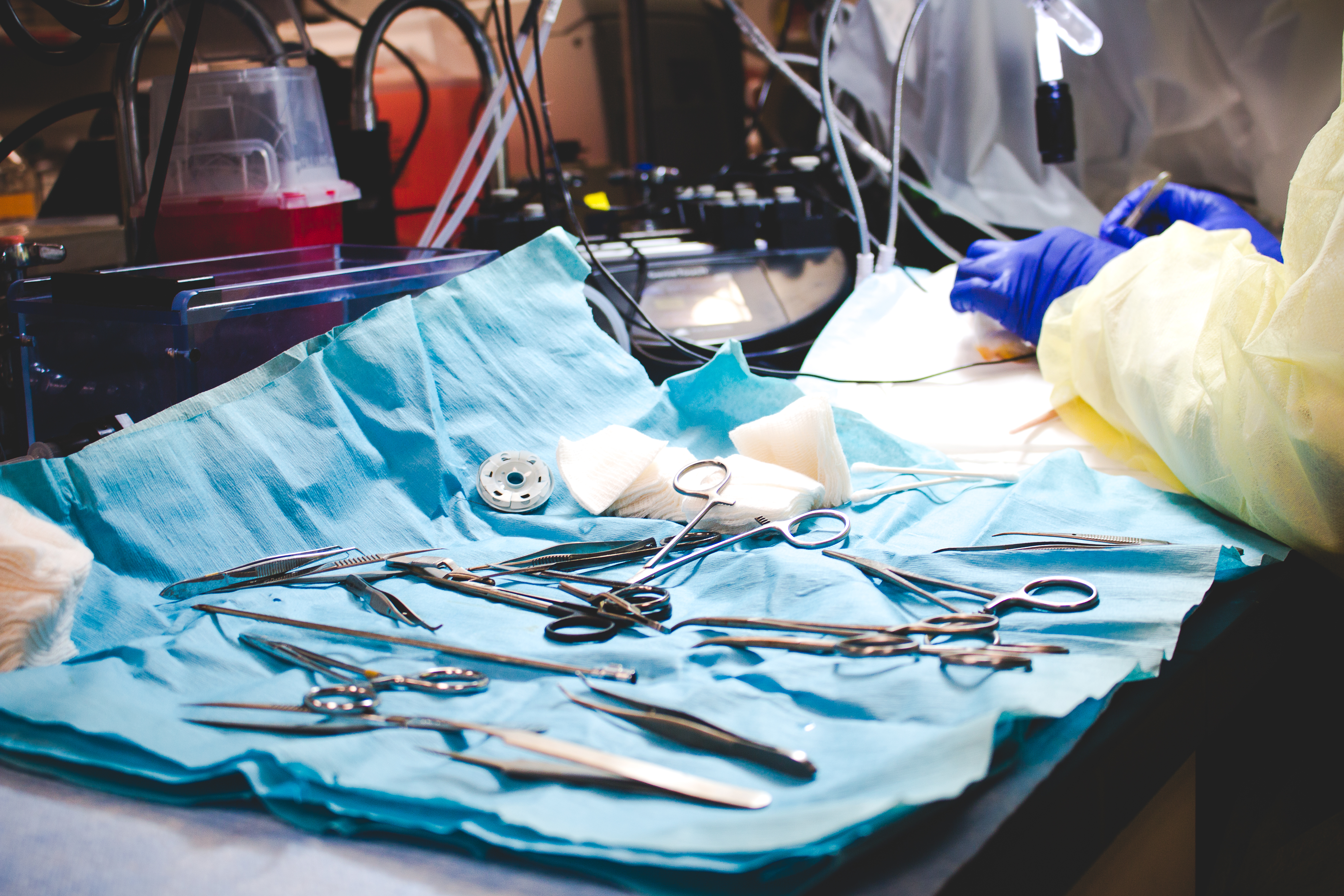Lending a Hand: Transforming Transplant Possibilities

Injuries that lead to amputations or disfigurement can have deep psychological and physical impacts on combatants and civilians alike, while existing treatment options for such injuries face a limiting array of obstacles.
With the help of grant funding from the U.S. Department of Defense, Dr. El Rasheid Zakaria, an assistant professor of trauma, surgical critical care, burns, and acute care surgery in the Department of Surgery, has developed a new technique that will help improve treatment for combatants injured in the battlefield.
Currently, the ideal treatment for such injuries is an ?allograft transplant, or the process of transferring a human body part containing multiple tissue types like skin, muscles, bone, nerves and blood vessels from a deceased donor to a patient.
Such procedures face Incredible logistical constraints, said Dr. Zakaria. Typically, organs and tissue only stay viable for six to 12 hours. Beyond that time, an allograft transplant cannot be performed.
The routine use of the allograft transplant procedure is restricted by a variety of factors. First, there is a limited availability of high-quality allografts suitable for transplantation. Second, allografts are recovered from deceased humans, and therefore of low-quality. Third, the procedures used to revive these low-quality allografts are not sufficient to improve quality, and fourth, allografts need to be transferred from the location where the donor is to the location of the injured patient, which takes time.
In recognition of the challenges these complex tissue allografts present, Dr. Zakaria teamed up with the biotechnology company Energy Delivery Solutions to successfully develop a way to maintain the viability of a whole limb for up to 24 hours.

Dr. Zakaria's new technique builds on 15 years of research into allograft transplants.
In a standard organ or tissue transplant, the limb is flushed and drained of blood, then put in cold storage and transported to its destination. The idea is to decrease its metabolic rate; the tissue is still alive and using energy produced by its cells. Putting the tissue over ice slows down the need for that energy, conserving the integrity of the tissue.
What we are doing here is exactly the opposite, Dr. Zakaria said. Instead of passively conserving energy, we actively deliver energy to these cells.
The method Dr. Zakaria is developing provides cells with the same kind of energy they naturally use, ATP. Lipid vesicles encapsulate ATP, creating a product called ATPv that is injected intravenously. When the vesicles meet with the cells, they integrate with the cell because they have the same chemical structure. The vesicles will empty the ATP into the cell, thereby replenishing cellular ATP.
?As long as the energy production is equal to or exceeds the expenditure, you have a positive energy balance, which by definition will maintain the functions of the cell for a long time, Zakaria said. We‘ve been able to demonstrate that the tissues that have been treated with the APTv or energy replacement can be maintained viable for up to 24 hours after being harvested.
After 15 years of working on this research, Dr. Zakaria’s ATPv technology will be ready for clinical trials. He’s now working with his partners on developing a clinical grade ATPv that can be safely used in humans. Similar clinical-grade ATPv products already exist for things like hair growth and skin care, so he said the path to production is not difficult.
Although the Department of Defense grant was particularly targeting complex tissue, Dr. Zakaria said this technique can be used for all transplants. Prolonging the time an organ or tissue can wait to be transplanted into a recipient would remove important obstacles that for so long limited the use of organ and complex tissue transplantations.

